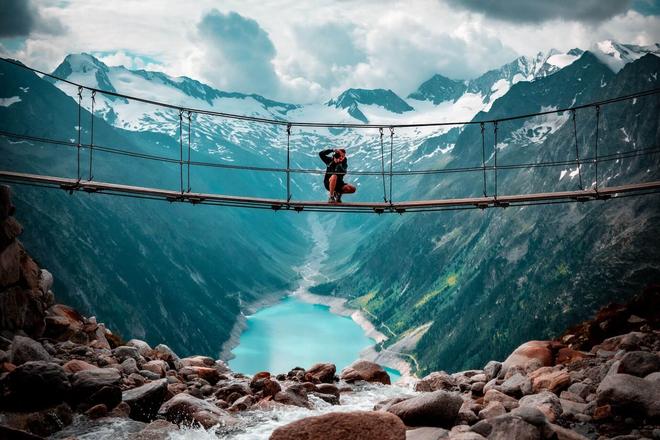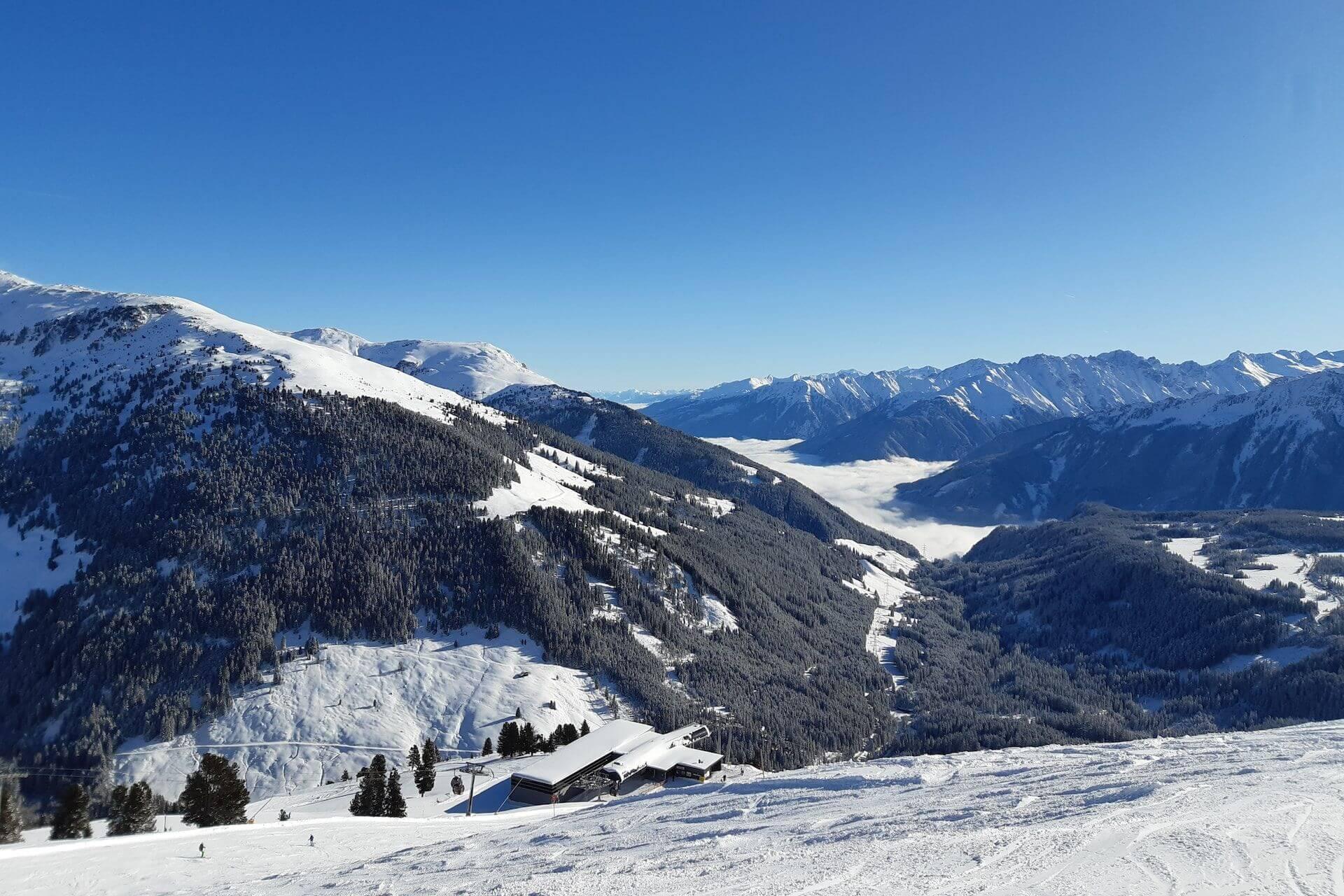The natural beauty of Zillertal is captured in a legend proudly told by the locals: when the Creator was sculpting the most beautiful parts of the Earth and didn't know what to do next, he stopped for a moment and wondered how to proceed. Perhaps by the sea with its beautiful sandy shores lined with palm trees? But he had a better idea of how to complete the earthly paradise. He sculpted beautiful mountains, partly glaciated, partly rocky, rising high above the valleys, and gave this paradise the name Zillertal... The appeal of the surrounding mountains is due, above all, to the bold and massive structure of the peaks and ridges, which contrast sharply with the vast expanses of firn and glaciers. The most striking peak is the Olperer, 3,476 m high.
Basic information
The Zillertal valley is almost 30 km long. It is located in the eastern part of Tyrol and stretches along the river of the same name, protected on all sides by the 3,000-foot Zillertal Alps, only to the south is it open to the Inn Valley. The upper part of Zillertal is divided into four small valleys, which the locals call Gründe: Zillergrund, Stillupgrund, Zemmgrund and Tuxertal. Dams have been built in two of these valleys, fed by water from glaciers.
The popular Hintertux glacier, which is part of Zillertal, is used by skiers all year round. The cable car here goes up to 3250 m, and the glacier area is equipped with 18 lifts and cable cars with a capacity of 25,000 skiers per hour.
Zillertal is one of Austria's oldest resorts. The Austrians themselves call it a mecca for skiers. In addition to skiers, it is also a popular destination for tobogganers, who can enjoy 18 trails with a total length of almost 40 km. It's not just for the pros, romantics and entire families alike ski down from a mountain hut into the valley by moonlight or artificial light or with burning torches, often enhanced by mulled wine. Thanks to artificial lighting, the day doesn't end at sunset for skiers either. It is not least the mountain huts that win the hearts of Zillertal skiing fans.
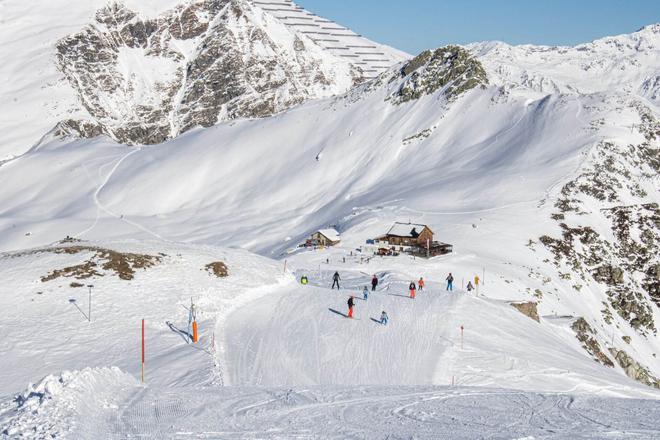
TIP: Don't miss out on skiing in the SkiWelt Wilder Kaiser – Brixental, which has already been awarded several times as the best ski area in the world! SkiWelt Wilder Kaiser – Brixental: the ski area with the best value for money for skiing in Austria.
Transport
Skiers will be surprised not only by the sophisticated ski bus schedule, which runs free of charge between the guesthouses, hotels and lower cable car stations, but also by the fact that the nostalgic narrow-gauge railway, which connects the Zillertal with the Inn valley as in the past, can be used free of charge instead of the ski bus. From there, those interested can transfer to one of Austria's three well-preserved "toothed cog railways'', namely the cog railway in Jennbach to Lake Aachen, the largest lake in Tyrol.
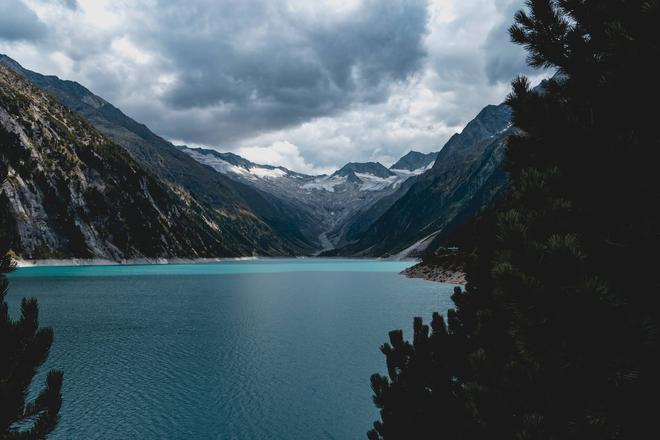
Steam locomotives, built in 1889 in Florisdorf, a suburb of Vienna, still run here. The ancient locomotives are a technical, historical and natural experience – after all, Lake Aachen lies at the foot of the mountains at an altitude of 930 m! The sophisticated ski bus network, the railway, the reliable infrastructure, but above all the endless ski terrain, with more than 400 km of slopes connected by 154 lifts, on which a single ski pass is valid, make skiing in Zillertal unrivalled in variety, quality and cost-effectiveness.
History, tradition and architecture
The people of Zillertal are known for their hospitality. Visitors can't escape their sincere warmth, their delicious and rich cuisine, or their obstler. They do not forget the ancient traditions of their ancestors and most of them dress up in folk costumes and attend services at the local churches Sunday after Sunday. God's shrines are scattered all over the valley and their slender and bulbous church spires tower high above the villages. In some places they have red roofs, in others green. That's because the border between the dioceses of Salzburg and Brixen once ran through here. The red roof marked the jurisdiction of the Brixen area, the green the Salzburg area.
One goes from the church to the pub for an obstler and a bit of a chat. Perhaps about hunting, as most of the men proudly claim to belong to the hunting club, the most popular of the numerous associations. On these and other occasions, they like to sing and yodel.
Before tourism came to Zillertal, life was very difficult and the mountains, which are now a tourist attraction, were more of an obstacle. In earlier times, the unfavourable living conditions forced many people to leave the valley, as the chances of making a living in agriculture declined as the population grew. However, they did not leave permanently, but only in search of a livelihood, which from the 16th century onwards became the trade in agricultural surpluses such as lard, cheese, but also cattle and, not least, the famous Zillertal brandy. Its production provided work for spice-growers, coopers, merchants and smugglers. The local glove merchants (but these were not made in the valley) and grease merchants gained a good reputation. Mining also played a role – gold, copper, magnesite and garnets were mined here.
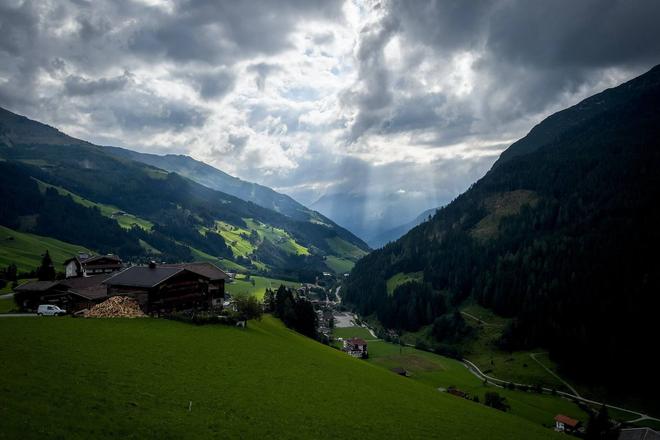
Zell am Ziller
Zillertal is not only mountains, but also beautiful villages. The pride of the local villages are the old farmhouses with painted facades, called Lüftlmalerei. The facades of the houses are enlivened with religious, hunting and nature motifs and colourful ornaments, plus flowers blooming in the windows in summer. In the heart of the valley lies Zell am Ziller, a town of 1,800 inhabitants, which is the oldest village in the Zillertal. As the name suggests, its history is linked to a monastery and a church (from Latin = cella). It is mentioned in the oldest Salzburg chronicles from around 1200, when Zell was an important seat of the provost. Zell has retained its religious and administrative importance to this day.
Zell also boasts rich traditions that have been cherished by its inhabitants for centuries. Especially popular is the great folk festival called the "Gauderfest". The programme includes music, dancing, man-on-man and goat-on-goat fights, but of course there is also sausages (Gauderwurst) and beer (Gauderbier), which has been brewed in a special brewery since the 1500s and whose original owners are the spiritual fathers of these exuberant festivities. In short, history and tradition follow you every step of the way in Zell am Ziller. However, it does not hinder sports activities, especially skiing.
A modern cable car takes you high above Zell in two sections. You'll find yourself close to three-thousand-foot peaks, and the valley formed by the Ziller River, will seem insignificant compared to the wonderful skiing opportunities in this arena, named after its dominant peak, Kreuzjoch (2559 m). Kreuzjoch's slopes are connected to the neighbouring Isskogel area and then to Könegsleiten, guaranteeing fantastic skiing of a higher dimension with ski swings between Zell and Gerlose.
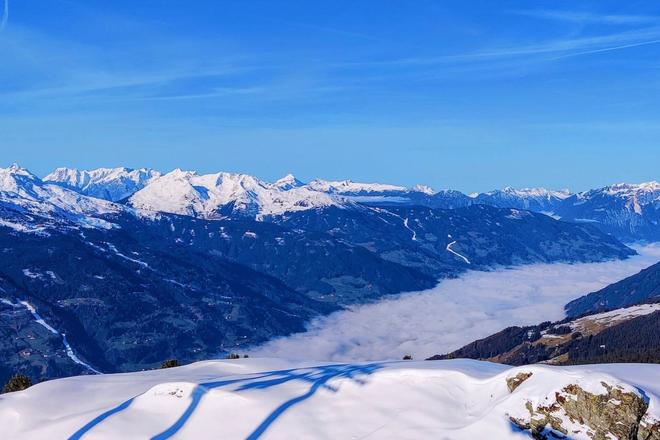
Mayrhofen
Zell am Ziller is surrounded on one side by the romantic village of Aschau and on the other by the world-famous, bombastic Mayrhofen. The ancestors of today's inhabitants gave the town its emblem of a golden-horned ibex, inspired by the many animals that once grazed on the surrounding rocks. Today, Mayrhofen is home to 3,300 inhabitants who like to boast that their village has more hiking trails than roads and more mountain guides than police officers. Mayrhofen was founded in the Middle Ages as part of Zell am Ziller, from which it separated in the 17th century. Today, its most famous citizen is mountaineer Peter Habeler, who in 1978 climbed Mount Everest without oxygen together with Reinhold Messner, and has other climbs to his credit that are prized among mountaineers: the north face of the Matterhorn, the "big walls" of Yosemite, including the famous El Capitan, and a number of Himalayan eight-thousanders. He now passes on his experience to students in his climbing school.
Ski terrain surrounds Mayrhofen on both sides of the valley. On one side you can take the cable car up to the Ahorn and enjoy the gentle sunny slopes with lifts, or you can take on the adventure on the unadulterated black slopes. On the other side, more extensive ski terrain opens up, forming a ski swing between Mayrhofen and Schwendau across the top of Penken, declared a nature reserve in 1956, the purpose of which was called into question by the later construction of cable cars.
